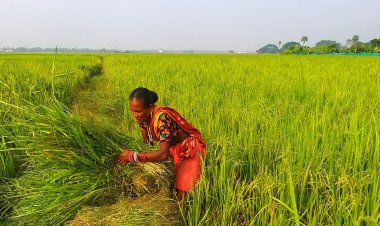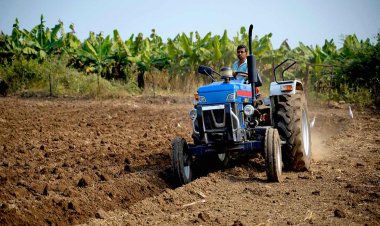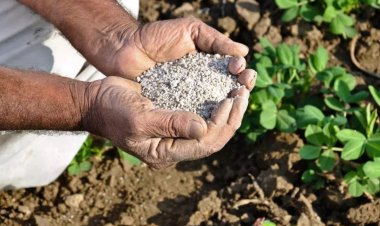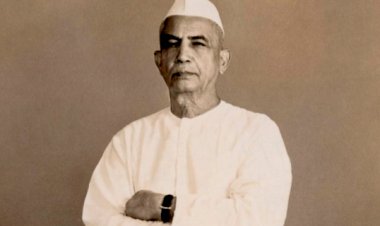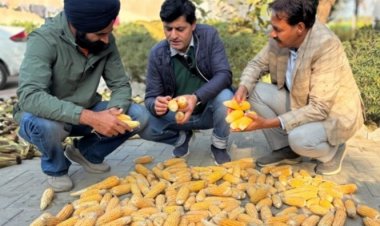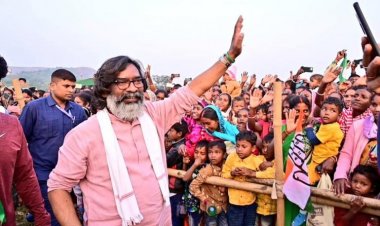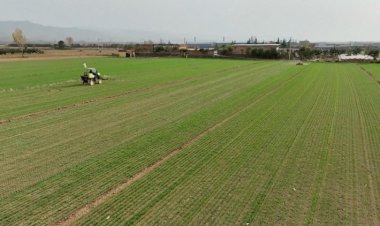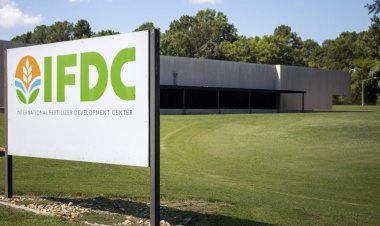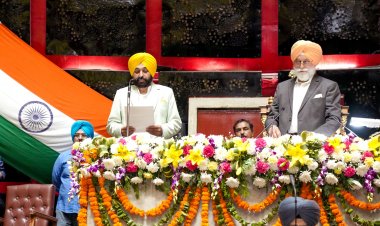Inflation squeezes the average Indian battling Covid-19 impact; looking through it not an option
The price rise is much more severe than its reflection in the headline numbers. The irony is that both the government and the RBI seem to be looking through the inflation.
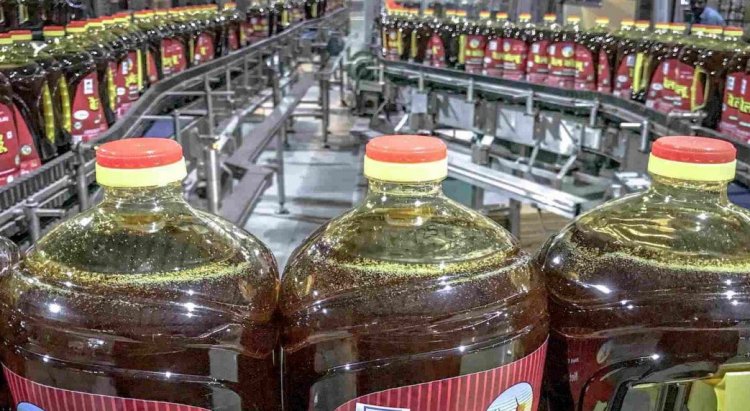
It is a hard squeeze. Even as there is a health emergency amidst coronavirus wreaking devastation, an average citizen is under all-around pressure — staying safe, retaining their job (if not already laid off or benched) and now the back-breaking inflation. The price rise is much more severe than its reflection in the headline numbers. The irony is that both the government and the Reserve Bank of India (RBI) seem to be looking through the inflation, which reached 12.94 per cent for the Wholesale Price Index (WPI) and 6.3 per cent for the Consumer Price Index (CPI or retail) for May this year.
Without taking you into the technical maze of WPI or CPI, the easiest way to feel it is to see carefully how many litres of petrol or diesel are filled in your vehicle tank when you say to the attendant at the petrol pump: “Ek hazaar ka de do” (Fill in for Rs 1,000). Also, see how soon you would have to drive in again at the filling station because less than 10 litres for Rs 1,000 would pull the fuel gauge back to the 'empty' mark sooner than you hoped for.
Some government data would give us an indisputable picture: The headline number for May WPI is 12.94 per cent but the fuel and power index went up by 37.61 per cent year-on-year. Hang on, there is more to it when you take a further look at the disaggregated official data. Within the fuel and power index, the annual inflation for petrol is given at 62.28 per cent, LPG at 60.95 per cent and diesel at 66.3 per cent. This is not a pinch; it’s a wound.
Inside your kitchen, besides curbing on the expensive LPG, you will have to convince yourself that it is healthier to use less cooking oil, especially if it is kachi ghani mustard oil, which came in the kissing range of two hundred rupees a litre. Pulses, onions, fruits — all of these are competing on the price chart.
Inflation for the common man is the eventual destination for a variety of inputs’ price excesses. Basic metals, which would make your bikes, cars, tractors, farm equipment, house building and repair more expensive, saw a huge jump of 27.59 per cent.
They may be growing pulses and oilseeds, but those living in rural areas are worse off. On the CPI gauge, the May inflation for rural areas was 6.48 per cent against 6.04 per cent in the cities.
Let's see how those in charge of controlling inflation are taking the issue with nonchalance. Keeping money supply through various financial tools available with it, the RBI has been given a specific task to keep inflation within the specific numbers by the government. The mandated target is 4 per cent, with a maximum stretch of another 2 per cent; that makes it a maximum of 6 per cent. Let me also emphasise that the main task assigned to the RBI is to control inflation at 4 per cent. The government does not expect it to anchor growth — something it is seeking to do, although without any success.
The RBI's Monetary Policy Committee (MPC), which sets and reviews interest rates at intervals of two months, has been extending the ''accommodative stance'' on policy interest rates through repo far too long with the result that the fixed deposits rates in the banks are far lower than the inflation. In simple terms, those living on bank fixed deposits (FDs), like the retired employees, are earning a negative rate of returns on their savings. It also means that there is a fast erosion in the value of your savings as inflation is eating into the same. Who is the principal beneficiary? The borrowers. And the government is the largest borrower. The government borrowings for the financial year 2021-22 are expected to far exceed Rs 12 lakh crore.
In its last review on June 4, the ''(RBI)'s MPC decided unanimously to continue with the accommodative stance as long as necessary....''. An open-ended leeway to the borrowers — the Government of India (GOI), industry and some retail loan seekers — at the cost of the depositors.
It would be foolhardy for any ruling party to ignore the kind of trend inflation is following. Onions, pulses, LPG, petrol and diesel, not to speak of agricultural inputs, can inflict a huge political cost. The issues are bound to flare up in the state assembly elections. As many as 16 states and UTs would be going for assembly elections between February-March 2022 and December 2023. The ruling dispensation must reflect upon this because the RBI can afford to look through inflation but the government cannot!
''We mustn't live in denial. All government expenditure should be directed to help small business & the poor,'' thus tweeted the renowned economist Kaushik Basu, Professor of Economics, Cornell University, and former Chief Economist of the World Bank. He said that India was in the middle of stagflation. ''With growth at a record low, this is stagflation.''
The May inflation numbers, which were released in the third week of this month, also showed how RBI got it all wrong when it comes to its outlook on price rise. RBI's optimistic outlook based on the April data was misplaced. Governor Shaktikanta Das in his policy statement on June 4 said, ''The inflation print for April at 4.3 per cent has brought with it some relief and policy elbow room. A normal south-west monsoon along with comfortable buffer stocks should help to keep cereal price pressures in check.'' To be fair to him, he did talk about the risks from elevated fuel prices and disruptions in the supply chain, but the RBI is not in the business of being emotive about finding positivity. Given its research capabilities, it is expected to give us an approximation about the shape of things, barring totally unforeseen situations.
What are we expecting from the government then? After inflicting a lot of pain, the Covid-19 numbers are thankfully declining now, but the economy is in a highly fragile mode. It has to be navigated in a manner that immediate relief is provided to a large number of people, well beyond the free ration to 800 million people. The ministries of finance, consumer affairs and food, agriculture, industry, petroleum, housing and all other related ones must set up a 'War Room' that should not only monitor the inflation graph but also suggest and execute sharp and effective policy interventions. These could be reining in speculation in the futures market, going for duty alignments, invoking state and central laws to prevent hoardings and smoothening the supply chain hit by Covid 19. Not to forget the scarcity of casual labour that had migrated to the villages. Time to take charge!
(Prakash Chawla is a New Delhi-based independent journalist.)



 Join the RuralVoice whatsapp group
Join the RuralVoice whatsapp group

















